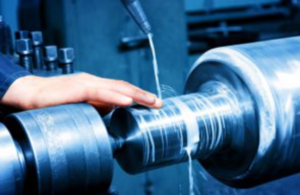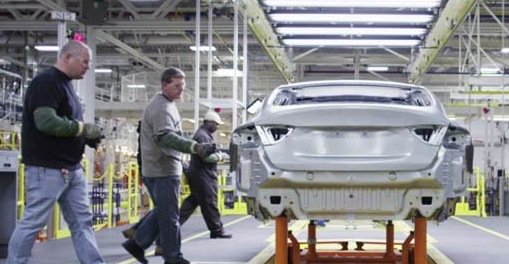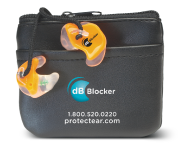With 2017 behind us, Health and Safety in the workplace still appear to be one of the leading overhead expenses and key issues amongst employers and companies.
Those companies facing challenges of Health and Safety continue to struggle as they move into the New Year. It is important for Employers that already have existing Health and Safety Standards, plans and programs in place, to maintain their momentum by taking time to consider other H & S challenges that may also impact their workplace.
The challenges companies face may be part of the following trends:
- Increased Focus on Employee Health and Wellness
Stress has become a fact of life for today’s average employee—whether it is caused by increasing workplace demands, a changing  organizational environment, or economic hardships. Stress in the workplace is an ongoing trend that seems to impact employees and employers in all workplace settings.
organizational environment, or economic hardships. Stress in the workplace is an ongoing trend that seems to impact employees and employers in all workplace settings.
“With 78% of Americans living paycheck to paycheck and student loan debt at over $1.4 trillion, workers are struggling and it’s affecting their health. Workers are stressed out, burned out and it’s affecting not only their productivity but their satisfaction on the job.”
The National Institute of Occupational Safety and Health continues to emphasize that work-related stress disorders are expected to rise as the economy continues to undergo various shifts and impacts. Therefore, companies should take steps to ensure that any current programs are robust enough to reduce the concerns associated with stress in the workplace, as well as implement any new programs that show an increased effectiveness at reducing the generation of stress.
- Capturing the Voice of the Employee:
Employees’ voices will become more important to organizations this year as they focus on collecting employee feedback more  frequently, utilizing innovations for capturing that feedback, and acting to drive engagement based on those results. In 2016 & 2017 more organizations implemented some sort of Employee Engagement program to capture the employee voice and concern through a series of quantitative surveys and continuous listening/pulse surveys and examining passive data for employee opinions and behaviors. As the workforce shifts from one generation to the next, we will see an increase in Employee Engagement and Feedback.
frequently, utilizing innovations for capturing that feedback, and acting to drive engagement based on those results. In 2016 & 2017 more organizations implemented some sort of Employee Engagement program to capture the employee voice and concern through a series of quantitative surveys and continuous listening/pulse surveys and examining passive data for employee opinions and behaviors. As the workforce shifts from one generation to the next, we will see an increase in Employee Engagement and Feedback.
- Companies will focus on upskilling and retraining current workers:
“While the political discussion is focused on bringing manufacturing jobs back to America, and the news media continues to publish articles on how automation will eliminate jobs, what we should really be focused on is the growing skills gap. There are currently 6.2 million job openings in America that are unfilled, which is up from 5.6 million during the same time in 2016. Companies can’t find the right workers, that have the right skills, at the right time, which has slowed growth in the economy. Employers will be investing more money into their training and development programs in 2018 to fill their skills gaps and reach their full capacity.”
- Leveraging Big Data to Make Data-Driven Risk Management Decisions
Big data has been one of the biggest organizational buzz words for several years, but data is not of much use without acting on it. This year, we will see organizations work to tie all their data to workforce planning to make better, informed business and workforce decisions. Data-based strategic decision making will go beyond data analytics to create meaningful data-based action plans.
“2017 saw a continued trend in developing internal risk management programs and systems, and 2018 looks to be the year where many of these programs are leveraged for results across the company spectrum. In other words, sufficient time has occurred for the internal development of risk management data and effectiveness that this can now be translated directly into specific areas of the business to further reduce inherent risk development within the company.”1
- Addressing the Changing Nature of the Workforce:
As Baby Boomers continue to retire and younger generations enter the workforce, organizations’ demographics will evolve, with 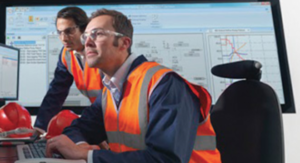 lasting implications for organizational culture and management. Millennials and later generations have reshaped the workplace in a multitude of ways and will continue to push boundaries and redefine expectations as they take on a more prominent role within organizations. Organizations may need to continue to redesign jobs and workspace to accommodate Millennials.
lasting implications for organizational culture and management. Millennials and later generations have reshaped the workplace in a multitude of ways and will continue to push boundaries and redefine expectations as they take on a more prominent role within organizations. Organizations may need to continue to redesign jobs and workspace to accommodate Millennials.
- Safety Personnel Hiring Requirements
Over the past few years, we have seen a projected increase in the demand for safety personnel at all levels. Several different types of roles have entered the market specializing in the Occupational Health and Safety niche. These roles will replace operational and human resource roles and consist of some of these titles:
Occupational Health Safety Officer
- Occupational Safety and Health Specialist.
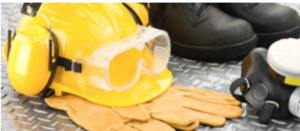 Safety Engineer.
Safety Engineer.- Safety Consultant.
- Coordinator of Loss Control.
- Safety Manager.
- Risk Manager.
- Industrial Hygienist
In 2018 we are expected to see these roles become more specific to hiring requirements as many companies evaluate the need for an emphasis on education or experience. For larger companies, the distinction may not be apparent but the difference could be impactful for smaller companies or those in unique circumstances.
As we have seen the workplace dynamics shift over the past decade the one thing that is consistent: organizations are finding ways to improve the health and wellness of their employees in all industries. As we embark on new technology such as automation, artificial intelligence and 3D software, the one constant that remains is that implementation and usage still require people to operate and manage, creating a different type of skilled workforce and employees. As this need becomes more prominent and clear – more organizations will invest in and retain their workforce.
The ProtectEar Team
SOURCE
https://workforceinstitute.org/5-workplace-trends-youll-see-in-2018/
https://www.ishn.com/articles/105531-top-10-workplace-trends-list-for-2017
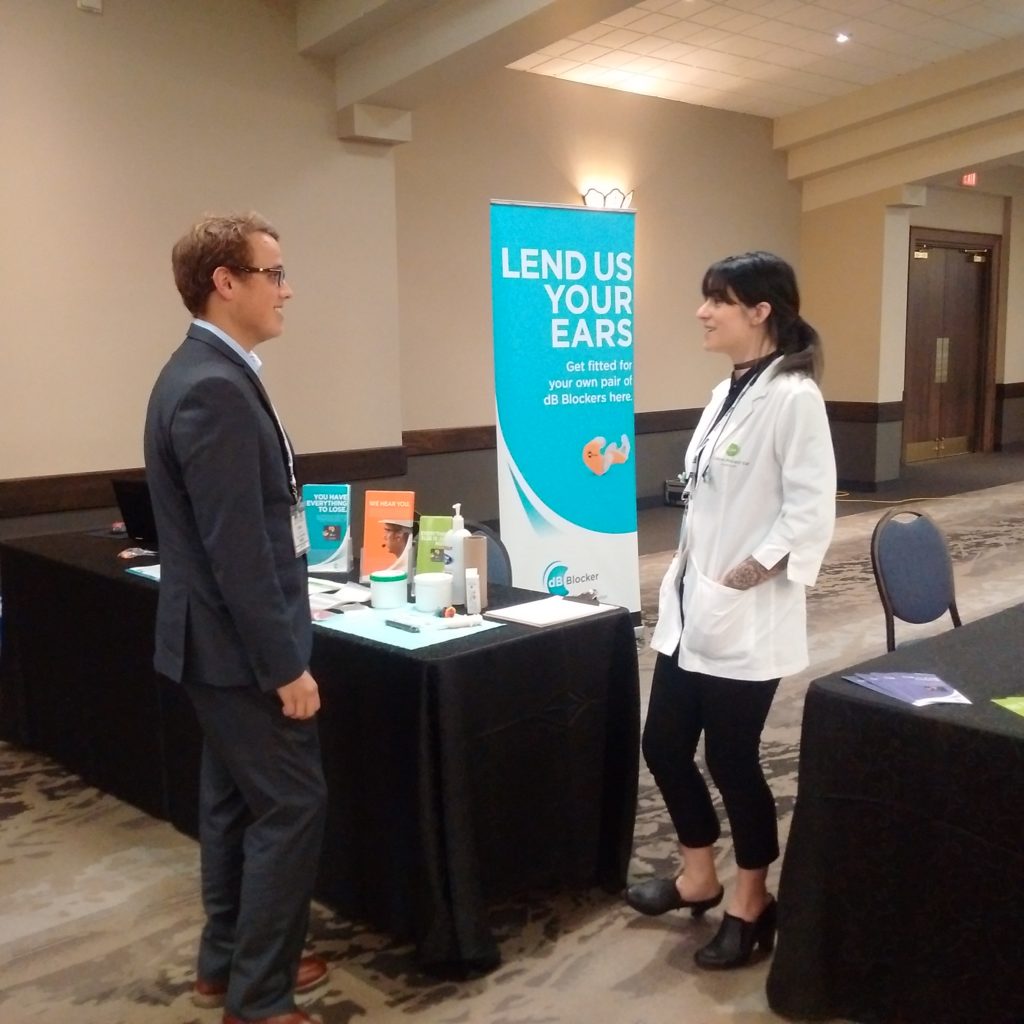
 Between turkey dinners and family reunions, Canadian Thanksgiving — which falls on Monday — can look pretty similar to its U.S. counterpart. But in fact, part of the reason Canadians first petitioned for the holiday was to celebrate their luck at not being American.
Between turkey dinners and family reunions, Canadian Thanksgiving — which falls on Monday — can look pretty similar to its U.S. counterpart. But in fact, part of the reason Canadians first petitioned for the holiday was to celebrate their luck at not being American.


 more.
more.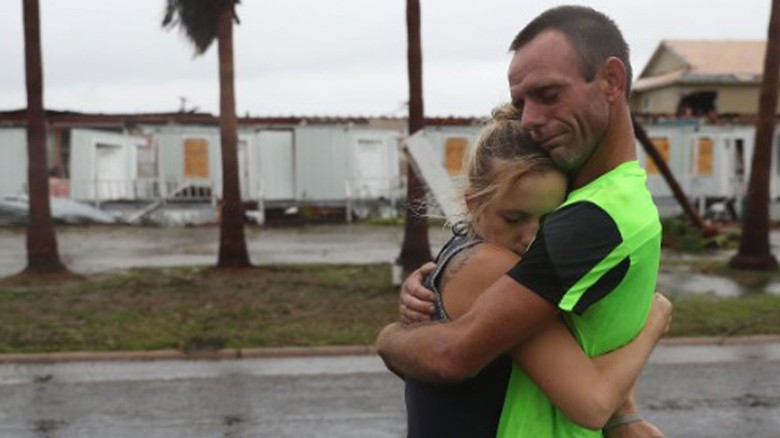

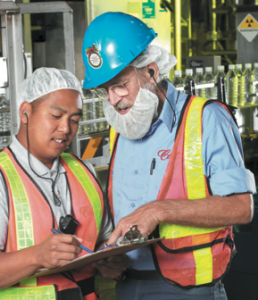 Behind that yummy assortment of bakery delights or that wonderfully prepared to go straight to the oven, frozen Chicken Cordon Bleu is an entire assembly of creative chefs and production staff who prepared it for you; production workers who are also exposed to workplace hazards every day. One specifically is industrial hearing loss.
Behind that yummy assortment of bakery delights or that wonderfully prepared to go straight to the oven, frozen Chicken Cordon Bleu is an entire assembly of creative chefs and production staff who prepared it for you; production workers who are also exposed to workplace hazards every day. One specifically is industrial hearing loss.
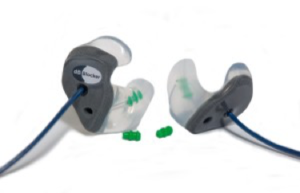
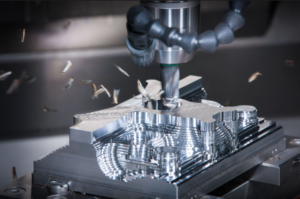

 challenges you may be experiencing. This will help your operation toward staying competitive and profitable in the market place.
challenges you may be experiencing. This will help your operation toward staying competitive and profitable in the market place.